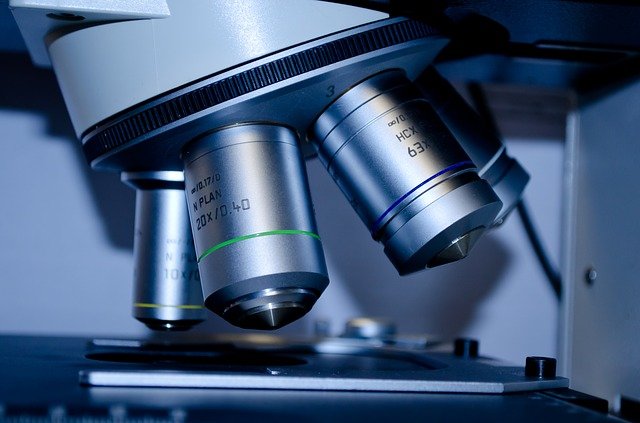Cannabis sativa is an annual, dioecious (2 sexes) wind-pollinated herb. Fossil and DNA evidence suggest that the plant has been cultivated for over 10,000 years. Because is is dioecious, a male plant may be bred with a female plant to create new individuals in the species. However, if the female plant is not pollinated it can maintain a highly stable genetic line. These so-called “feminized” seeds are widely used in cannabis cultivation, which are simply all female seeds which prevent male pollination and increase the yield of flowering plants. You could also grow only male plants. However it is only the female plant that produces the flower in which the high concentrations of cannabinoids are found. Cannabis flower contains at least a hundred different cannabinoids, molecules that interact with the body. There are many other molecules in the plant including terpenes, flavonoids, steroids, phenols, vitamins, and pigments.
Cannabis plants are hybrid descendants of two broad genetically divergent gene pools, one with narrow and the other with broad leaves. The literature and internet discuss three Cannabis “species”: sativa with narrow leaves, branches apart, light green, tall with few flowers, producing more of a stimulant type psychotropic effect; indica, with wide broad leaves, branches close together, deep green, short and bushy with dense flowers and a more sedating type of psychotropic effect; or ruderalis short with varied wide leaflets, thick stems, and minimal psychotropic effects. Ruderalis is known for its ability to flourish in harsh climates, its high CBD content, and its ability to auto flower 21 days after planting regardless of the light cycle.
Since cannabis has been cultivated and “genetically engineered” throughout history for its psychotropic effects, the current taxonomic classification reflects mainly morphology and these psychotropic effects. Now there are individual plants that are being produced for therapeutic purposes, not psychotropic effects, and the taxonomic classification no longer works. Modern cannabis plants will be hybrids between broad and narrow leaves, with varying cannabinoid profiles, different flavors (terpenes) and colors (pigments).
It seems most helpful to view C sativa as a single species with various individual plant strains. The “sub groups” or “strains” in current use are essentially cultivars. Cultivars are plant lines selected for desired psychotropic traits and can be maintained genetically stable through propagation cycles. As molecular analysis of the cannabis plant has become more widespread due to state testing requirements, we are also recognizing plants based on their biochemical makeup as well as psychotropic effect. Plants selected primarily on the basis of molecule (chemical) content are called chemovars. Although THC may produce the majority of the psychotropic effects, this is not the case for the therapeutic effects. The science clearly shows that combinations of different cannabinoids show the most promise in therapy. Different cannabinoids have different mechanisms of action. The different mechanisms interact to modulate the overall action, the so-called “entourage effect”. These modulating effects may occur both up and down stream of other cannabinoid actions. For example, genetic manipulation of the ratio of CBD to THC in plants is already producing the first generation of true medical chemovars. Eventually chemovars will become more important in therapeutic cannabis as we identify specific cultivars with positive clinical effects, identify their specific cannabinoid content, and create “super strains” with potent therapeutic effects. The first step in identifying candidate cultivars is acquiring accurate, quantitative and qualitative clinical data. Close and accurate monitoring of patient safety and efficacy results will be the first step in identifying successful cultivars. Accurate testing of these cultivars to determine cannabinoid profile will lead to developing successful chemovars. Sativa Science has been dedicated to just such a program. We offer a complete SaaS solution to dispensaries, patients, doctors, and growers that tracks key patient outcome information correlated with accurate cannabinoid cultivar and chemovar data.

